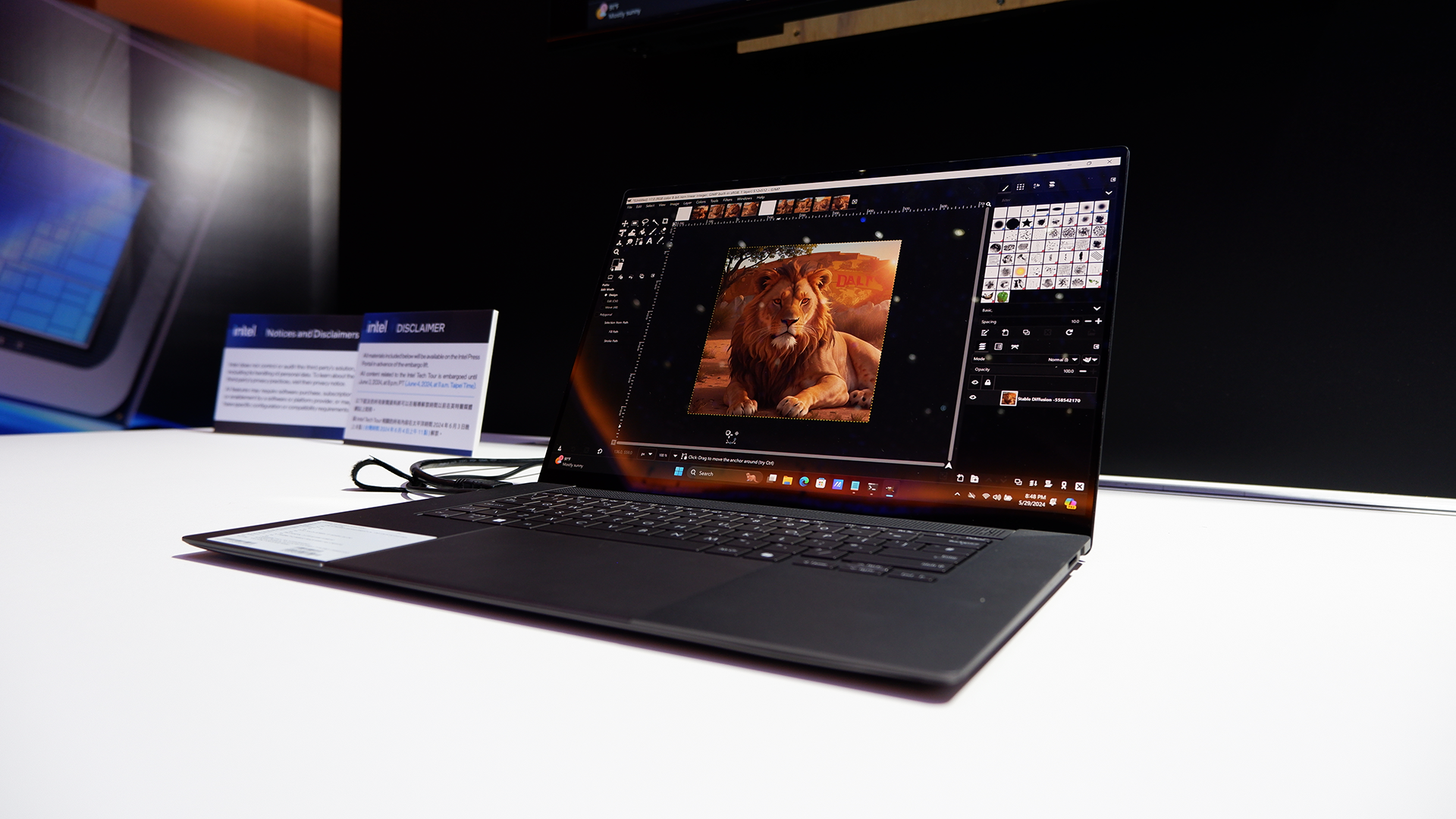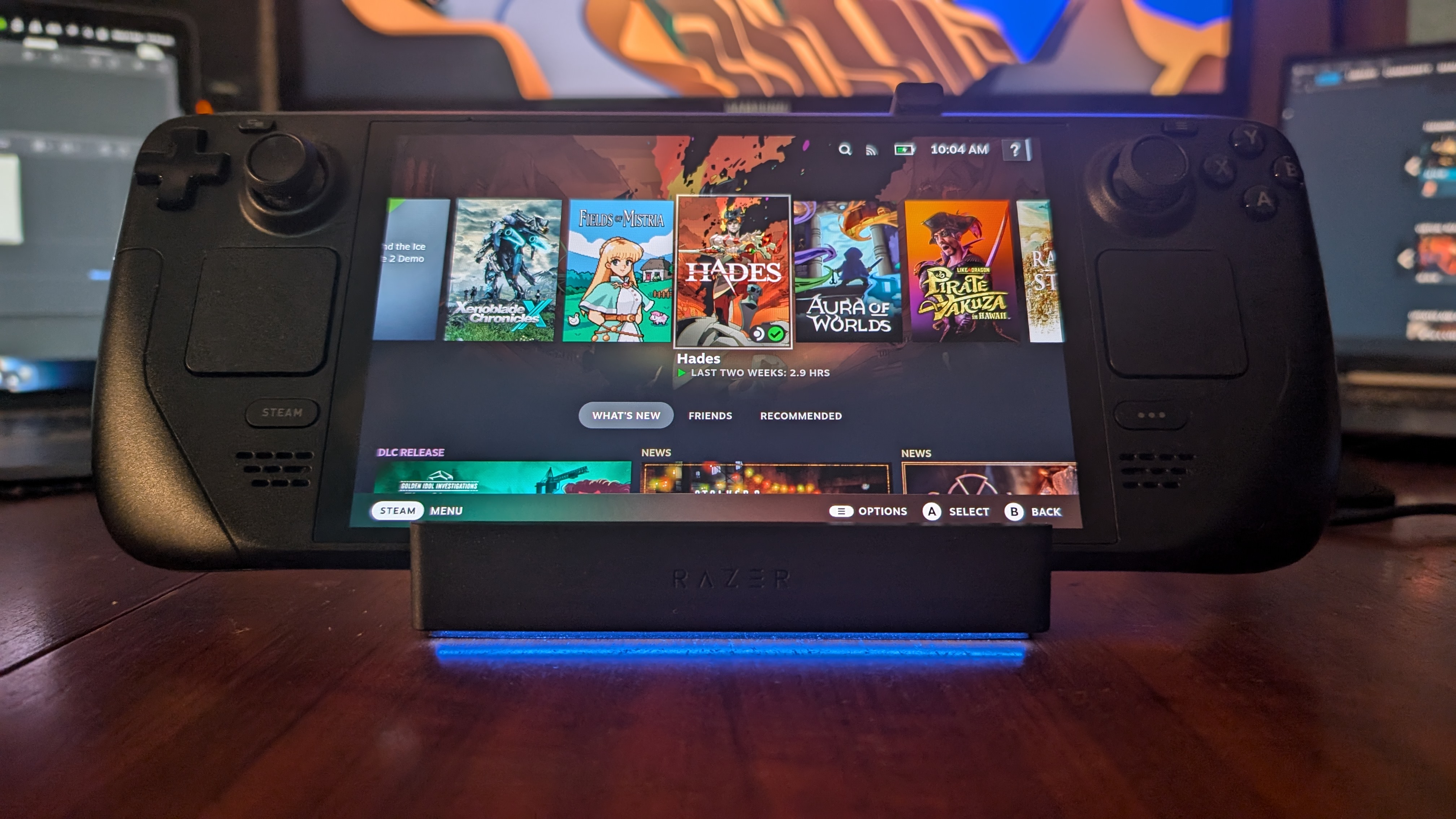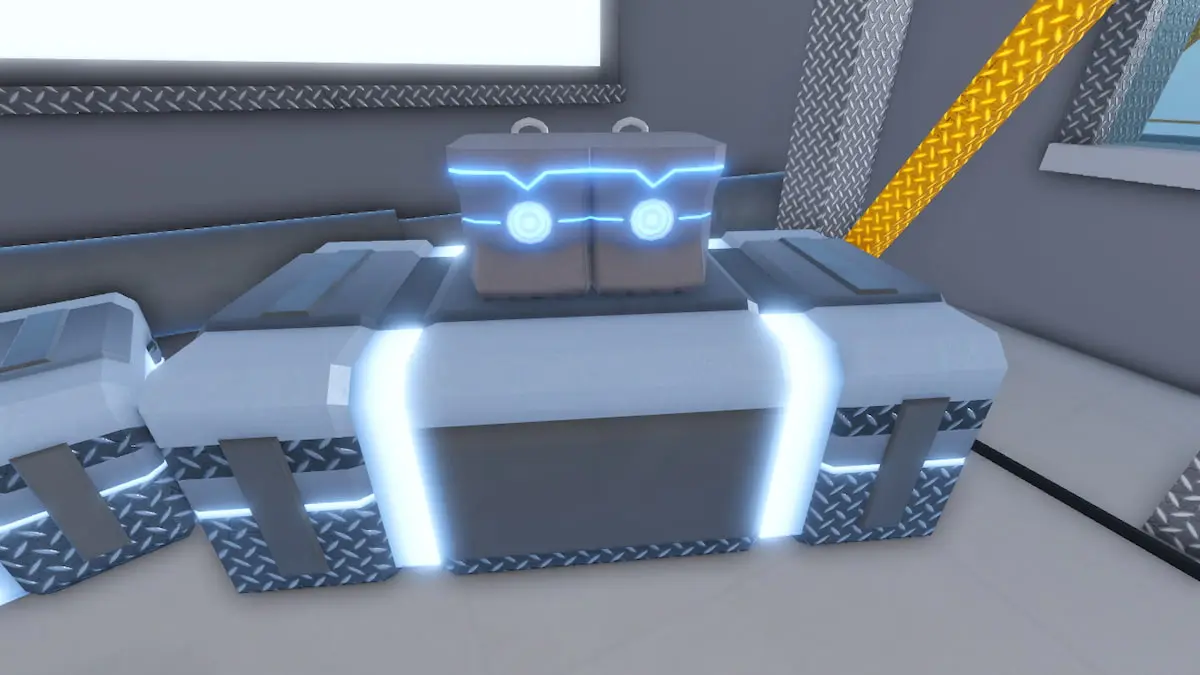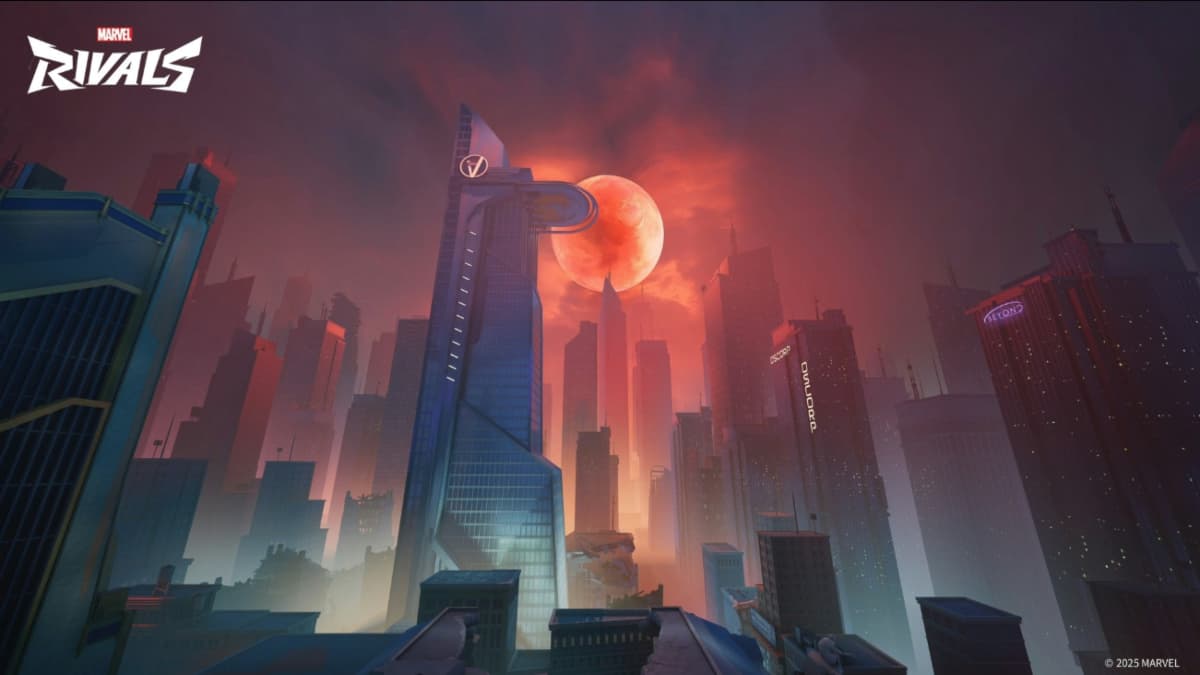
Anything that prevents my laptop battery from dying in another airport lounge is alright by me.
Intel has already said that it’s designed the most efficient x86 processor ever in its upcoming Lunar Lake mobile chips—which, in tandem with its performance claims, has made us rather excited about the prospect of battery-sipping mobile devices with some genuine gaming grunt. Now a report says that BOE’s new Winning Display 1Hz tech, combined with V2 of Intel’s Intelligent Display Technology, can reduce display power consumption by up to 65%.
There’s a combination of technological trickery said to be at play here to achieve such a drastic reduction in power usage (via Tom’s Hardware). According to Sina Technology, Intel’s IIDT 2.0 tech uses ALLR (Autonomous Low Refresh Rate), UBRR (User-Based Refresh Rate) and PixOptix to not only detect a users presence and reduce the refresh rate when it’s not needed, but also reduce backlight power consumption.
The report also claims that, using AI, the refresh rate can be dynamically adjusted on different parts of the panel, separately. So, you could be viewing a video on one side of the screen with a smooth refresh rate, while making notes on the other at a much lower speed, thereby significantly reducing battery drain.
That huge 65% power reduction figure, however, is said to be with the screen running at a single Hz—which doesn’t strike as particularly usable. Although it’s also claimed that the optical flicker performance is “superior”, and still meets the Intel LPDT (Low Power Display Technology) standard.
The first version of IIDT was demonstrated on Meteor Lake laptops, whereas the new version is claimed to be coming to devices on Intel’s new Lunar Lake platform. This was apparently unveiled as part of BOE’s Global Innovation Partner Conference 2024, although both Intel and BOE’s sites still haven’t made any official mention of it.
Still, if the power drain improvements are anywhere near as good as the report claims, that’d be quite the achievement. Asus has already said that its Vivobook S 14 achieves 27 hours of battery life thanks to Lunar Lake’s power efficiency and a 70 Whr battery, although whether that proves out in real world usage remains to be seen.
That being said, intelligently dropping the refresh rate on different parts of the screen to save power does make sense, as high-refresh rate panels with the brightness turned up can significantly reduce battery life on mobile devices.
Regardless, while this tech may well eke out the power on a next-gen laptop, having the screen constantly fuss around with different refresh rates does sound annoying in practice. Not as annoying as having your battery die at a crucial moment when on the move, I guess, but I can’t help be reminded of OLED burn-in protection mechanisms kicking in at the worst possible moment when you’re trying to get something done.






